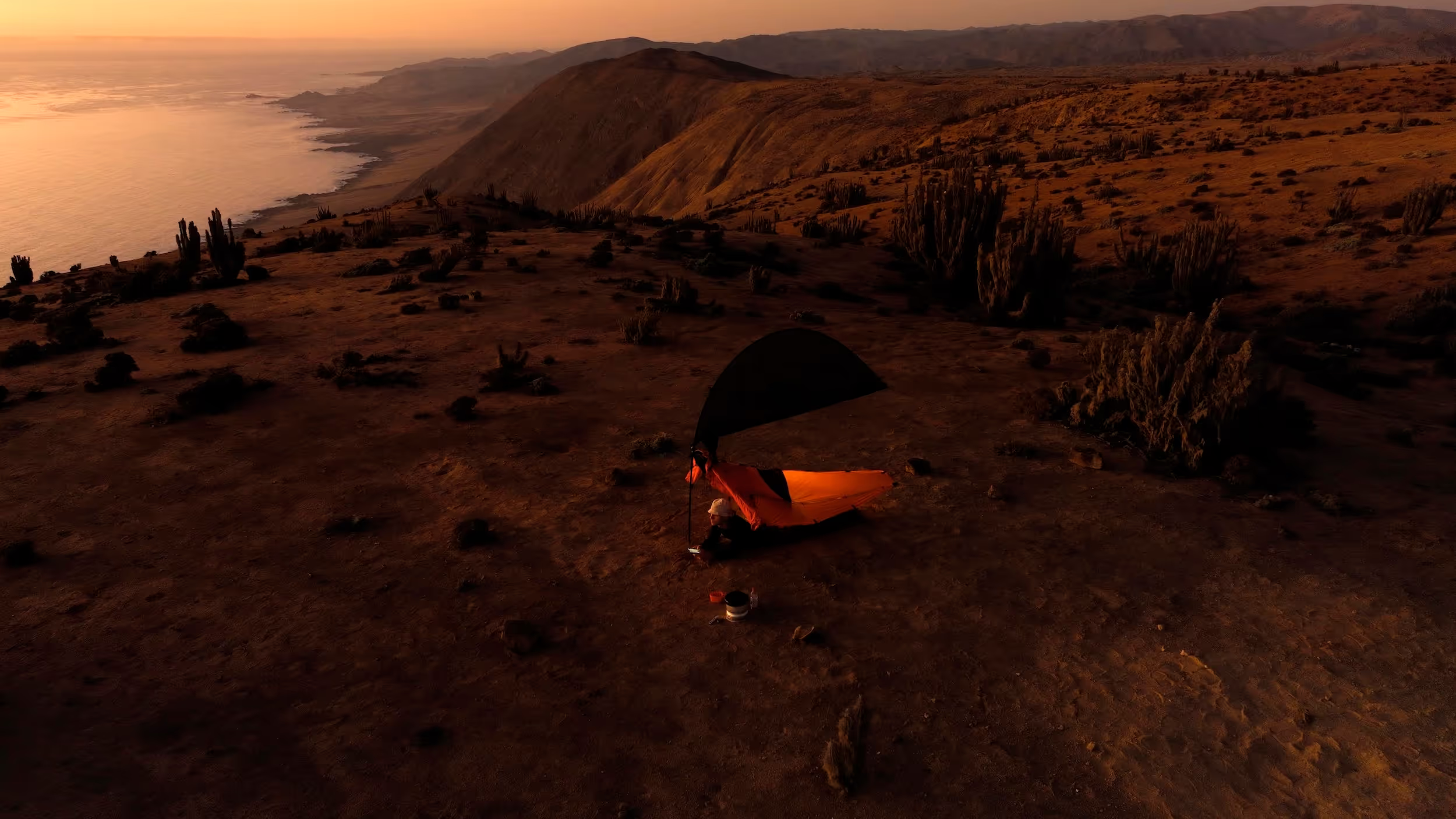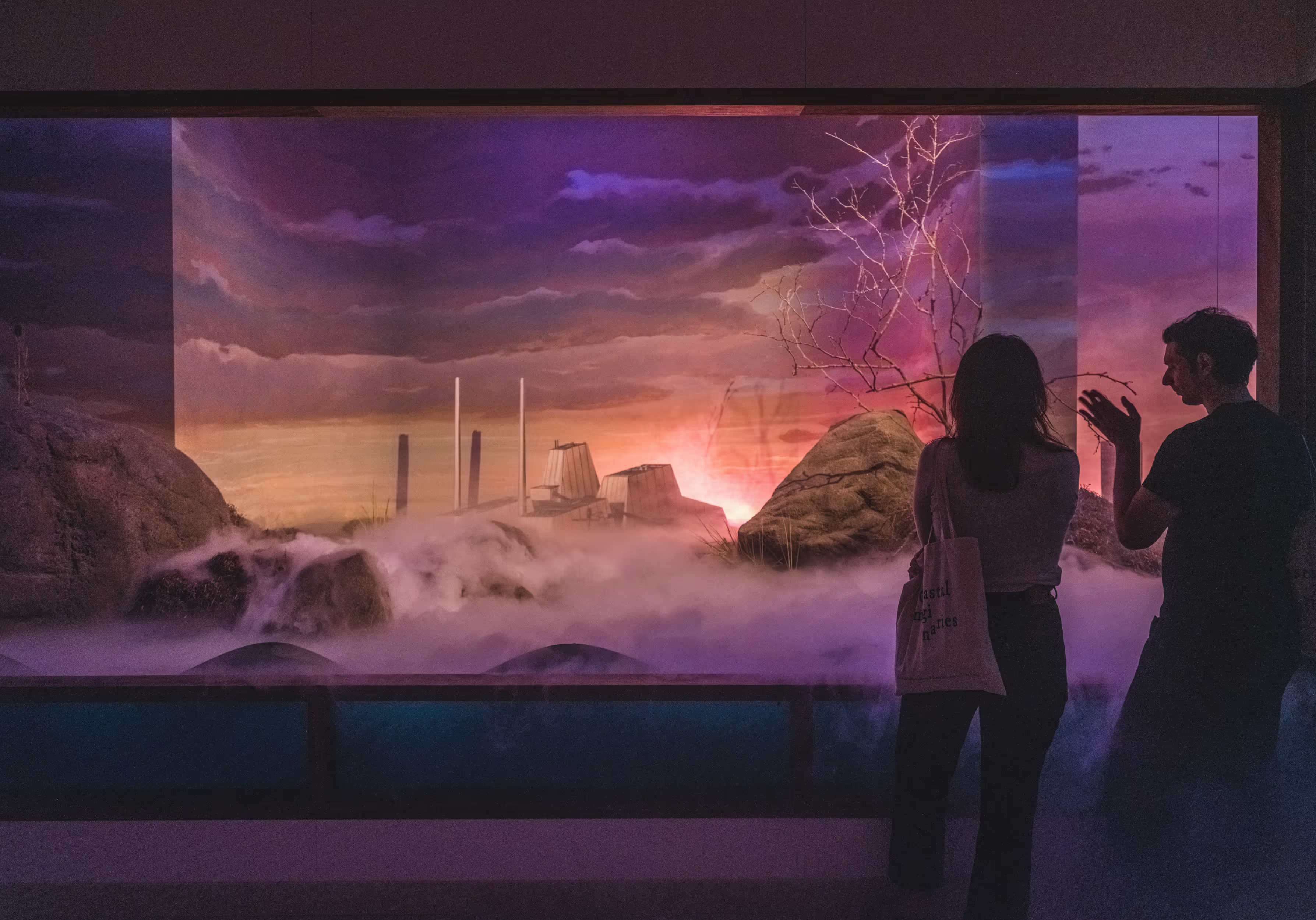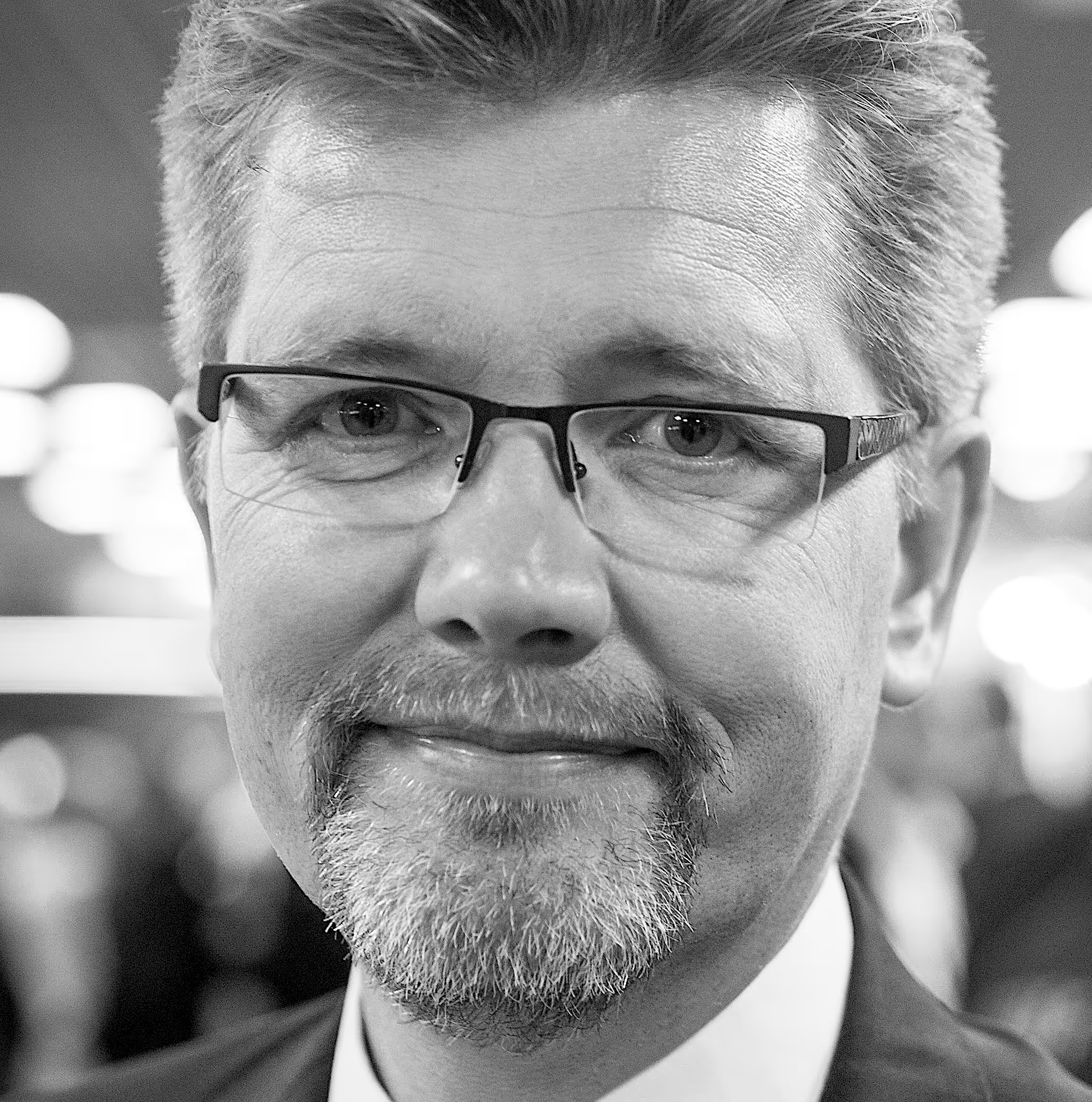Do politicians, administrators and managers still read in these days? Do those who sent out their visions and manifestos ever reflect and follow up what happens to them?
You ask about my visions for architecture...?
Modern architecture is built on great visions and even bigger expectations, which retrospectively reveal a history of success and failure. From the Bauhaus, Le Corbusier's House as a Machine for Living, over Ricardo Bofill ́s Palaces for the People all the way to more contemporary examples of parametric blobitecture and socially engaged models of collaborative design, a history of best intentions has been forwarded, often resulting in enormous disasters.
Even though architects aimed at benefiting society when they envisioned their designs of houses, cities and landscapes, many of their concepts failed on the social, environmental, political and aesthetic level. When it comes to again formulating visions for architecture for the gain of society, I would point out the recommendation of a politician, the former German chancellor Helmut Schmidt:
“If you have visions, you should go and see a doctor! ”
You want me to contribute to a manifesto...?
Many of modern architects ́ visions have been fancily dressed in manifestos. In times of political unrest, crisis and uncertainty, modernists of the early 20th century and the post-war avant-gardes used this format to effectively communicate their ideas to the broad masses. Engaging the masses has become a central issue.
The vision of creating a better world with their designs lay on the basis of their writings whereby complex issues were simplified in the name of a straight forward and agitating position. The target were the believers. The UN 17 Sustainable Development Goals are no exception to this. The idea to find a universal agenda, on which the entire world would agree, is frightening to me, and should be to anybody with a common sense.
As a literary medium, the manifesto is static, imperative and totalitarian in character, I resent this and believe in the power of memory and history instead.
How about the future of architecture then...?
The future of architecture lies in its projective history, because of its capacity to manifest human existence. With architecture history we can create narratives, reflect on these and use them as an agent to store memories which shape the perception of our built environment. The way we see the world inevitably impacts our ideas when it comes to recreating or reshaping it.
Social conditions are historically determined. At the same time though, they are also subject to change. In this process of transformation, history does not only put present social issues into a perspective in which we have a place, it also opens up new perspectives for future changes.
Architecture history is instrumental for the critical evaluation of concepts and buildings that are targeted towards the future, because the crucial issues arising in architecture today are based on a fundament of questions that have been explored in the past. It is important to build up knowledge in these issues, which can act as an analytical backdrop by which we can reflect any of our activities that point into the future.
Thus—architecture history as a means to produce facts and reflect on the past—, we can use it like a mirror when assessing our own creations pointing to the future.








(2)Large.avif)











